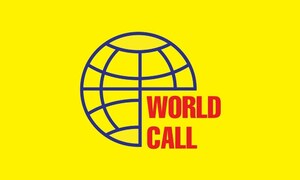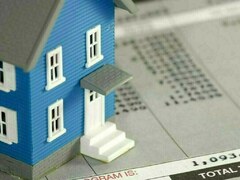Pakistani car buyers, as few they are in sheer number, have often shown considerable resilience over prices, absorbing price hikes and frequently relenting to paying premiums (or own) to purchase already steeply priced vehicles to get those vehicles on time. Published research in the past has corroborated this by estimating price elasticity of demand. It concluded that the demand for cars in Pakistan is not as sensitive to changes in prices. This is why, in the past there have been many instances where car makers were raising prices but demand remained robust. But the past two years have been gruelling for car buyers and car makers alike. Both demand and supply pressures have contributed to visibly waning volumes. Unfortunately, there is no way to cauterize this wound that is fast becoming infectious.
And infectious it is, in more ways than one. Interest rates began their upward trajectory in Sep-21 climbing from 7 percent to 7.25 percent that month. Once the policy rate reached 22 percent in Jun-23, it never looked back. Six months on, the policy rate sticks to its guns. At these levels, for an average tenor of 3 years, banks are charging K+4% to borrowers for auto financing which is prohibitively high. Monthly data from the Central Bank indicates net borrowing turned negative in Jul-22 and it continues to be negative 17 months on. Not only that, non-performing loans are rising. In the last recorded quarter for which data is available, NPL ratio for auto financing had risen to 1.7 percent—in Jun-22, this was 1.2 percent. In the past five years, infection ratio only reached these levels during the covid-quarter. Negative net borrowing indicates that there are few (or no) fresh loans being doled out by banks, while rising infection ratio certainly points toward existing borrowers finding themselves unable to meet their debt obligations as their loan repayments mount.

Illustratively, for close to the cheapest car in the market today—the Alto VXL—the monthly instalment for a loan tenor of 5 years (and an upfront equity of 30% which is significant to begin with) comes around to Rs61,000 to Rs63,000 (depending on the bank). This could be considered affordable for a household income of about Rs210,000 per month, if said household is putting aside 30 percent of their annual income toward car payments. Global rule of thumb on car affordability however, suggests putting aside not more than 10-15 percent of the annual income toward vehicle instalment plans. At prevailing inflation, especially petrol and electricity prices, it would be difficult to locate the class of car buyers that will want to buy an Alto on a bank loan, the smallest engine assembled in the market, and tie up their income to such costly monthly payments.
Regulators have made it even harder for car buyers to seek new car loans. In its pursuit to curtail demand for imports, the SBP tightened regulations for car financing in Sep-21 and then again in May-22. This is where upfront equity requirements were increased and loans tenors were reduced—these factors along with the soaring interest rates contributed to car financing being nearly wiped out from the market. Around the time these tighter regulations came to play, assemblers were facing obstacles in procuring new CKD kits. As a result, supply lines crashed and companies began to keep their factories closed as production stalled. More than a year and a half since, supply restrictions has eased only slightly. But by that time, rising taxes and inflation had already stopped new car buyers on their tracks. As it stands, in 5MFY24, volumes have shrunk 51 percent for passenger vehicles, LCVs and SUVs and in Oct-23 alone, imported CKD kits were trailing new lows.
Car buyers have reduced some prices of their cars, while others like Lucky and Honda are offering car financing plans to buyers of their low-selling cars (Sorento in the case of Lucky) in the hopes that this would ramp up volumes. But numbers are foretelling a sobering tale. In a rising interest rate environment, there is virtually no interest in the market for auto loans, while average cash buyers much like the economy face dwindling reserves unlikely to be tie them up in expensive local cars.

























Comments
Comments are closed.